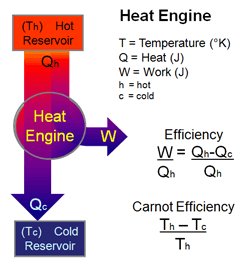Running 200-210 is not an issue, unless you can’t stop it in that range.
It’s real old school hocus locus that the motor is happy at 170. The best fuel burn (economy) is going to occur above 180 on most engines. The key is consistency, especially with a non electronic carb deal. Mike’s comment has a lot of info - controlling the temps with the fans with a wide open thermostat is the absolute best plan. But, the big butt, is it’s hard to do with a carb imho.
It’s real old school hocus locus that the motor is happy at 170. The best fuel burn (economy) is going to occur above 180 on most engines. The key is consistency, especially with a non electronic carb deal. Mike’s comment has a lot of info - controlling the temps with the fans with a wide open thermostat is the absolute best plan. But, the big butt, is it’s hard to do with a carb imho.


